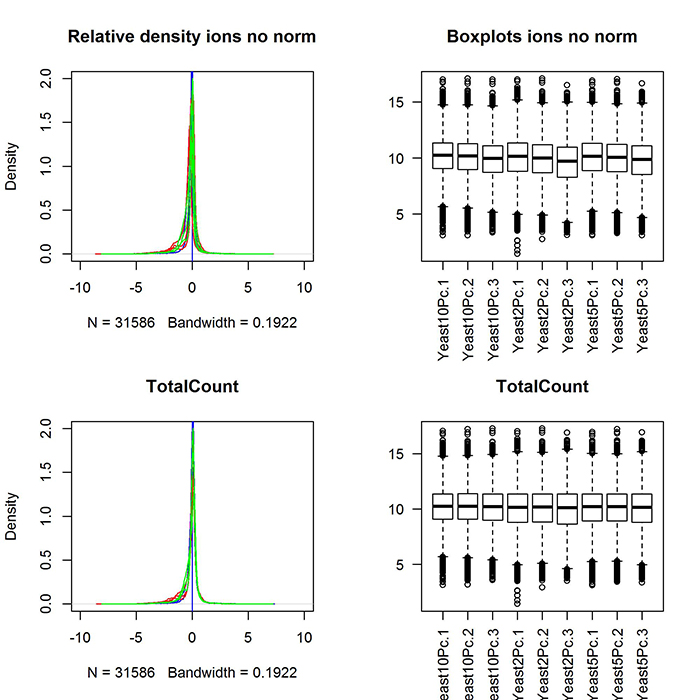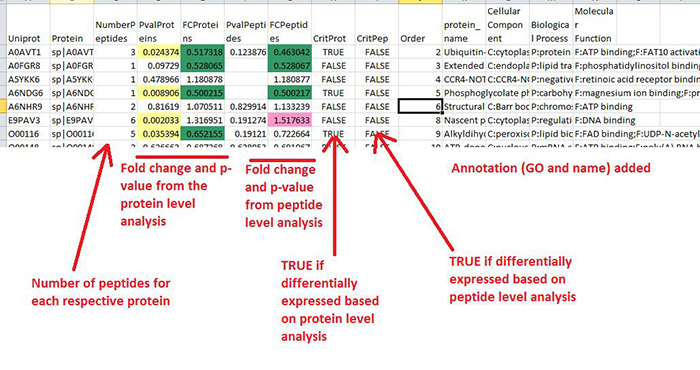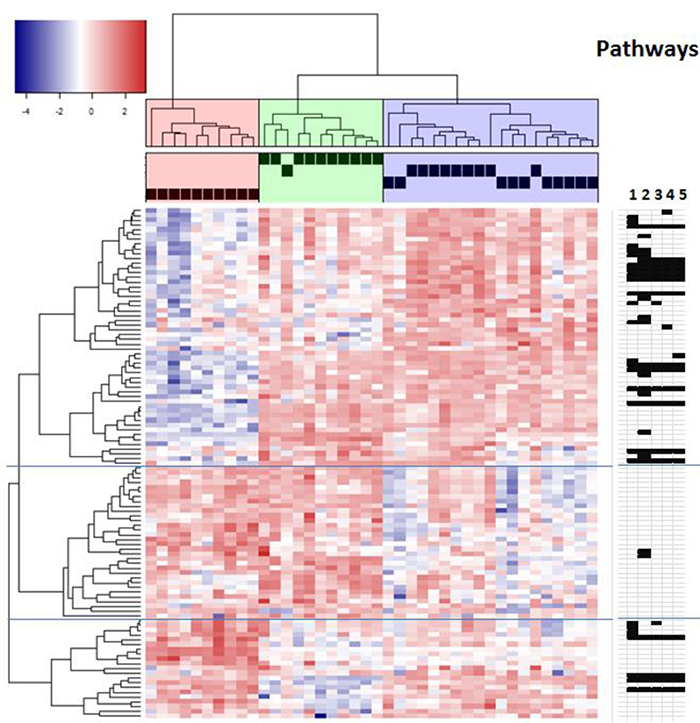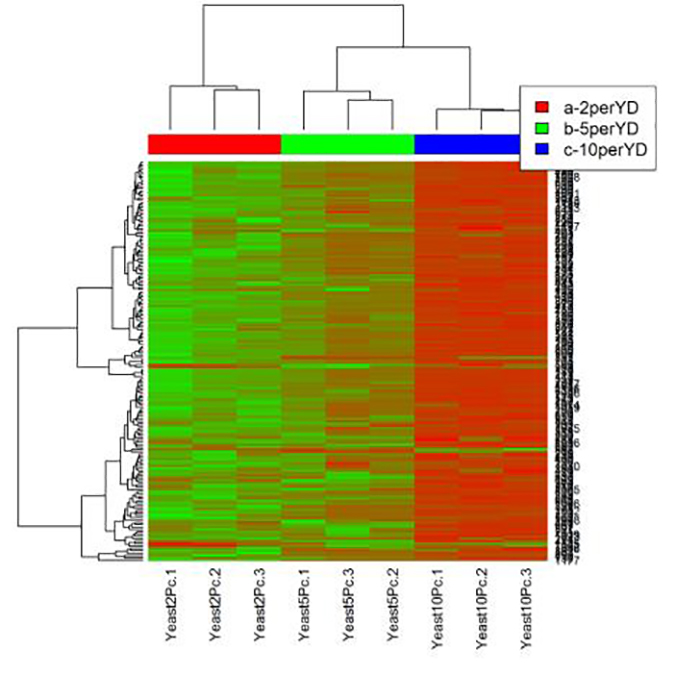Bio-Informatics at APAF
Is proteomic data analysis slowing your research?
Bioinformatics has become increasingly important in the analysis of large data sets produced from quantitative proteomic analysis. When you have multiple conditions and 10-20 samples from those conditions to compare you need reliable statistics and bioinformatics methodologies. At APAF our team of Bioinformaticians have developed software solutions to give researchers simplified data analyses to rapidly generate knowledge from the data. They can customise workflows to suite most proteomic experiment designs. The most recent work has been in the analysis of SWATH-MS data
APAF’s SWATH Data analysis workflow
SWATH is a label-free, data-independent mass spectrometry method that is being widely used for quantitative biology studies. APAF has developed a suite of software tools to help extract useful information from their experiments.
After the SWATH quantitation data is extracted, the data analysis is typically a lot easier to undertake than conventional proteomic techniques, since there are minimal missing quantitative values or gaps in the quantitation across samples. Some of the most common analysis options have been automated into a data analysis workflow, which is available for all APAF users. This workflow includes examination of data quality before and after normalization using boxplots and density plots, unsupervised multivariate analysis such as PCA and hierarchical clustering, and targeted analyses such as determining differential expression via ANOVA or pairwise comparisons using a variety of approaches Some of the example outputs of our automated workflow are shown below.


Options for additional analysis
Many more options are readily available for custom analyses, for instance incorporating pathway information, gene ontology or pathway enrichment, generating more interactive displays to enable the user to further query their data in terms of interactions and networks. These can be discussed on a per-project basis.


